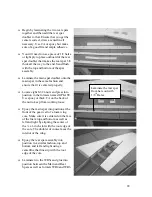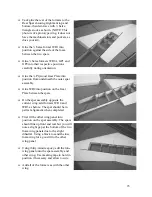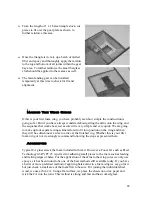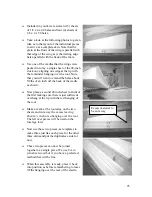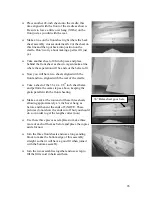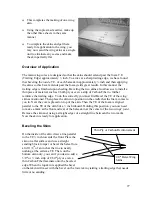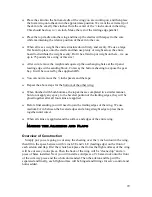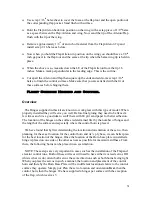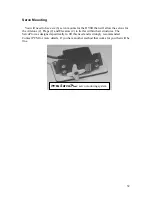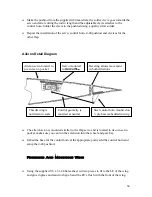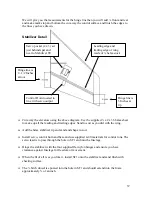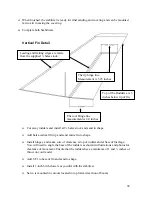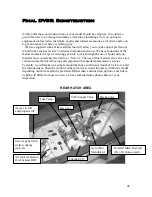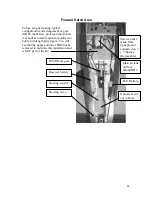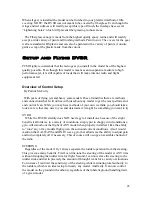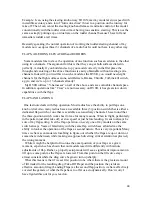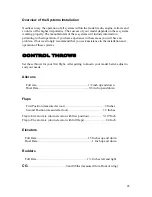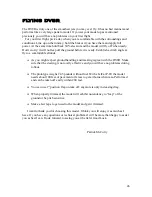
Continue one strip at a time until you get to the location of the nose gear.
You will need to have the gear in place at this time.
Raise the gear leg out of the fuselage and note where it contacts the wood and begin
to cut away the necessary balsa to make the opening.
Continue to add a piece of balsa and make the opening one at a time until you have
completely covered the bottom of the fuselage.
Use the ¼ x 1/8 x 36 Spruce to make reinforcement on the bottom sheeting from the
inside, both behind BH3 and in front of BH2 next to the gear opening for added
strength.
Sand the edges of the sheeting flush with the fuselage sides.
Add the balsa nose block to the fuselage and sand the entire front of the fuselage to
shape.
Go over the entire model and fill any voids and sand to satisfaction.
Stabilizers and Vertical Fins
The Stabilizers and Vertical Fins are constructed and finished in an almost identical
manner as the main wing. Since you now see the process we will just stick to the details
and you can use similar methods and materials as before.
Use the supplied sheets of 1/16
th
x 4 x 36 balsa to make up the individual skins for the
stabilizers and Vertical Fins. Just as with the wing use the cradle to lay out your skins
and keep in mind that you will need about ½ inch extra at the rear. Also the sheeting
is parallel at the front and rear of the core, just as before.
Apply the skins and square up all edges.
Trial fit each individual surface into position on a respective spar. You will notice
that there needs to be an angle sanded into the root for a good fit, do so now.
Just as with the wings, you will cut away ½ inch of material within the individual flight
surfaces, then build back with ¼ front and rear.
36

